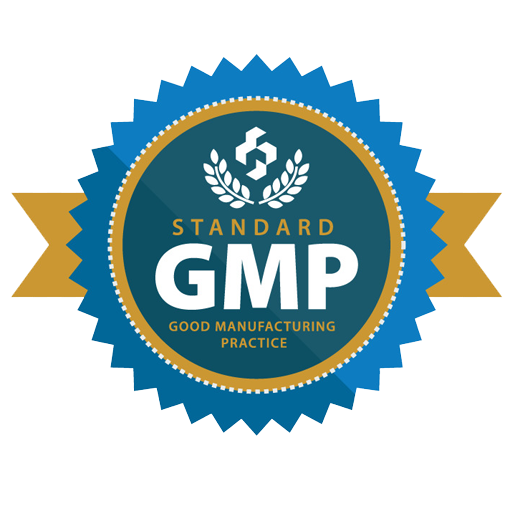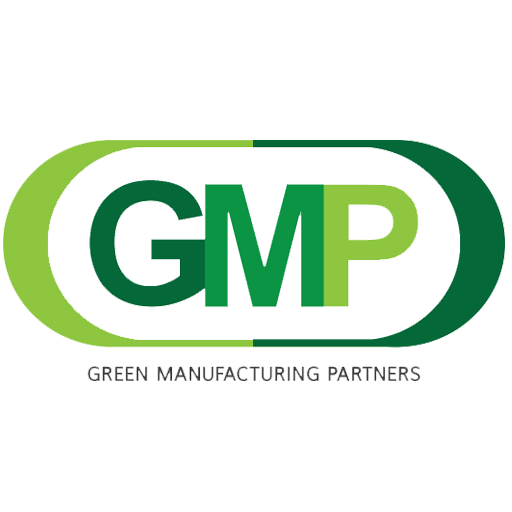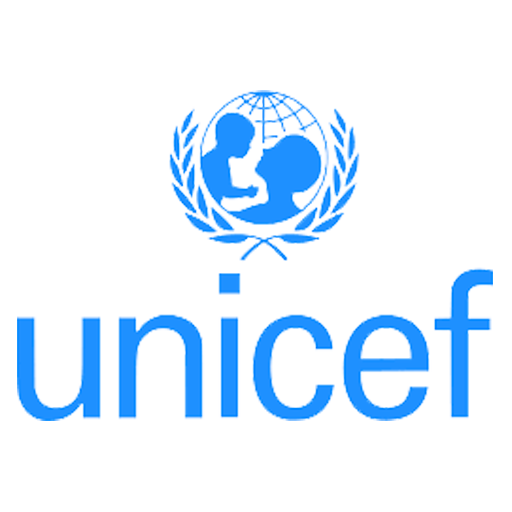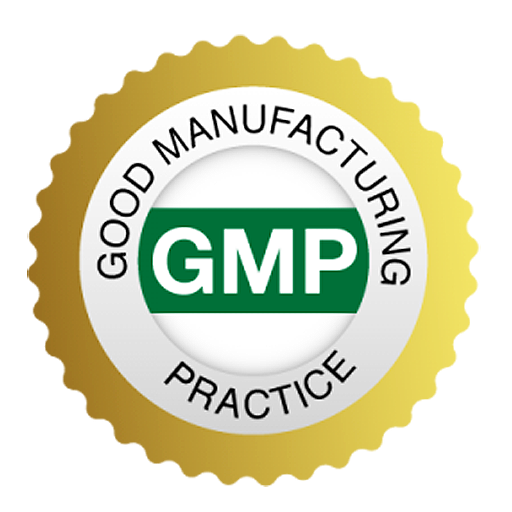Bleomycin Powder For Solution For Injection
(blee oh MYE sin)
Trade Name:
Blenoxane®
Bleomycin is the generic name for the trade name drug Blenoxane®. In some cases, health care professionals may use the trade name Blenoxane® when referring to the generic drug name.
Drug Type:
Bleomycin is an anti-cancer ("antineoplastic" or "cytotoxic") chemotherapy drug. Bleomycin is classified as an "antitumor antibiotic." (For more detail, see "How Bleomycin Works" section below).
What Bleomycin Is Used For:
• Used in the treatment of squamous cell cancers, melanoma, sarcoma, testicular and ovarian cancer, Hodgkin's, and non-Hodgkin's lymphoma.
• Also used to treat malignant pleural effusion (buildup of fluid in the space between the lining of the lung and the chest wall).
Note: If a drug has been approved for one use, physicians may elect to use this same drug for other problems if they believe it may be helpful.
How Bleomycin Is Given:
• As an infusion into the vein (intravenous, IV).
• As an intrapleural - into the pleural cavity (the space between the lining of the lung and the chest wall) injection. This is done to treat a malignant pleural effusion (buildup of fluid). Intrapleural chemotherapy is used primarily for symptom relief.
• There is no pill form of bleomycin.
• You may receive a test done of bleomycin based on your condition.
The amount of bleomycin that you will receive and the method it is given depends on many factors, including your height and weight, your general health or other health problems, and the type of cancer or condition being treated. Your doctor will determine your dose, schedule, and how it will be given.
Side Effects of Bleomycin:
Important things to remember about the side effects of bleomycin:
• Most people will not experience all of the bleomycin side effects listed.
• Bleomycin side effects are often predictable in terms of their onset and duration.
• Side effects are almost always reversible and will go away after treatment is complete.
• There are many options to help minimize or prevent side effects.
• There is no relationship between the presence or severity of side effects and the effectiveness of the medication.
• The side effects of bleomycin and their severity depend on how much of the drug is given, as well as how it is given. For example, high doses may produce more severe side effects.
The following side effects are common (occurring in greater than 30%) for patients taking bleomycin:
• Fever and chills
• Skin reactions: redness, darkening of the skin, stretch marks on the skin, skin peeling, thickening of the skin, ulceration
• Nail thickening, nail banding
• Hair loss
These side effects are less common side effects (occurring in about 10-29%) for patients receiving bleomycin:
• Nausea and vomiting
• Poor appetite and weight loss.
• Mouth sores
• Phlebitis (inflammation of veins)
• Lung problems: pneumonitis, rarely pulmonary fibrosis
• Occasionally this can cause radiation recall effect. (see skin reactions).
Serious but uncommon side effects of bleomycin may include:
• Vascular effects leading to heart attack or stroke - potentially life-threatening conditions, or Raynaud's phenomenon (a disorder of the small blood vessels that feed the skin, most commonly affecting the hands and feet).
• Severe allergic reaction (anaphylaxis) immediate or delayed for several hours. You will be monitored closely for any signs of allergic reaction (rash and flushing, lowered blood pressure, difficulty breathing).
• A severe reaction consisting of low blood pressure, confusion, fever, chills, and wheezing may occur in few patients treating lymphoma. If this is to occur, it will generally occur after the first or second dose.
• Pulmonary fibrosis is possible, particularly in the elderly or those receiving over 400 units during their lifetime. The incidence of lung problems increases with age and pre-existing lung conditions. There is a maximum lifetime dose of bleomycin. Your health care professional will monitor the amount of bleomycin you receive as well as your lung function during treatment.
Note all side effects are listed above. Some that are rare (occurring in less than 10% of patients) are not listed here. However, you should always inform your health care provider if you experience any unusual symptoms.
When to Contact Your Doctor or Health Care Provider:
Seek emergency help immediately and notify your health care provider, if you experience the following symptoms:
• Signs of an allergic reaction, like hives, rash, itching, skin peeling, wheezing, tightness in the chest or throat, or swelling of the mouth, face, tongue, or throat.
• Fever of 100.4° F (38° C) or higher, chills (possible signs of infection).
The following symptoms require medical attention, but are not an emergency. Contact your health care provider within 24 hours of noticing any of the following:
• Nausea (interferes with ability to eat and unrelieved with prescribed medication).
• Vomiting (vomiting more than 4-5 times in a 24 hour period).
• Diarrhea (4-6 episodes in a 24-hour period).
• Unusual bleeding or bruising.
• Black or tarry stools, or blood in your stools.
• Blood in the urine.
• Pain or burning with urination.
• Extreme fatigue (unable to carry on self-care activities).
• Mouth sores (painful redness, swelling or ulcers).
• Swelling, redness and/or pain in one leg or arm and not the other.
• Yellowing of the skin or eyes.
• Cough, shortness of breath.
Always inform your health care provider if you experience any unusual symptoms.
Precautions:
• Before starting bleomycin treatment, make sure you tell your doctor about any other medications you are taking (including prescription, over-the-counter, vitamins, herbal remedies, etc.). Do not take aspirin, products containing aspirin unless your doctor specifically permits this.
• Do not receive any kind of immunization or vaccination without your doctor's approval while taking bleomycin.
• Inform your health care professional if you are pregnant or may be pregnant prior to starting this treatment. Bleomycin carries a pregnancy category D (may be hazardous to the fetus. Women who are pregnant or become pregnant must be advised of the potential hazard to the fetus).
• For both men and women: Do not conceive a child (get pregnant) while taking bleomycin. Barrier methods of contraception, such as condoms, are recommended. Discuss with your doctor when you may safely become pregnant or conceive a child after therapy.
• Do not breast feed while taking bleomycin.
Self-Care Tips:
• For flu-like symptoms, keep warm with blankets and drink plenty of liquids. There are medications that can help reduce the discomfort caused by chills.
• Ask about taking acetaminophen to help treat/prevent fever. If okay, take no more than 3000mg in 24 hour period of time.
• Drink at least two to three quarts of fluid every 24 hours, unless you are instructed otherwise.
• To reduce nausea, take anti-nausea medications as prescribed by your doctor, and eat small, frequent meals.
• Avoid sun exposure. Wear SPF 30 (or higher) sunblock and protective clothing.
• In general, drinking alcoholic beverages should be kept to a minimum or avoided completely. You should discuss this with your doctor.
• Get plenty of rest.
• Maintain good nutrition.
• If you experience symptoms or side effects, be sure to discuss them with your health care team. They can prescribe medications and/or offer other suggestions that are effective in managing such problems.
Monitoring and Testing While Taking Bleomycin:
You will be checked regularly by your health care professional while you are taking bleomycin, to monitor side effects and check your response to therapy. Periodic blood work to monitor your complete blood count (CBC) as well as the function of other organs (such as your kidneys and liver) will also be ordered by your doctor.
Pulmonary function tests to check your lung function may be performed prior to treatment and periodically to monitor your lung function during and after treatment with bleomycin. Chest x-rays may be performed regularly to check for pulmonary changes such as infectious pneumonitis.
How Bleomycin Works:
Cancerous tumors are characterized by cell division, which is no longer controlled as it is in normal tissue. "Normal" cells stop dividing when they come into contact with like cells, a mechanism know as contact inhibition. Cancerous cells lose this ability. Cancer cells no longer have the normal checks and balances in place that control and limit cell division. The process of cell division, whether for normal or cancerous cells, is exhibited through the cell cycle. During the cell cycle, the cell goes from the resting phase, through active growing phases, and then to mitosis (division).
The ability of chemotherapy to kill cancer cells depends on its ability to halt cell division. In the case of bleomycin, the drug works by binding to DNA, which directs a cell to copy itself through division, and inhibiting its synthesis by breaking its strands. Bleomycin also inhibits the synthesis of RNA and protein to a lesser degree. If the cells are unable to divide, they die. The faster the cells are dividing, the more likely it is that chemotherapy (including bleomycin) will kill the cells, causing the tumor to shrink.
Chemotherapy drugs that affect cells only when they are dividing are called cell-cycle specific. Chemotherapy drugs that affect cells when they are at rest are called cell-cycle non-specific. The scheduling of chemotherapy is set based on the type of cells, the rate at which they divide, and the time at which a given drug is likely to be effective. This is why chemotherapy is typically given in cycles.
Chemotherapy is most effective at killing cells that are rapidly dividing. Unfortunately, the action of chemotherapy often does not differentiate between the cancerous cells and the normal cells. The "normal" cells will grow back and be healthy but in the meantime, side effects occur. The "normal" cells most commonly affected by chemotherapy are the blood cells, the cells of the mouth, stomach and bowel, and the hair follicles; resulting in low blood counts, mouth sores, nausea, diarrhea, and/or hair loss. Different drugs may affect different parts of the body.
Bleomycin is classified as an antitumor antibiotic. Antitumor antibiotics are made from natural products produced by species of the soil fungus Streptomyces. These drugs act during various phases of the cell cycle, and each drug acts during a specific portion of the cell-cycle.
Note: We strongly encourage you to talk with your health care professional about your specific medical condition and treatments. The information contained in this website is meant to be helpful and educational, but is not a substitute for medical advice.
Click here for Download pdf of patient informationClick here for Download pdf of prescribing information
Our Awesome Features
Taj Pharma is one of the largest generic pharmaceutical company in India. We hold top positions in different established markets worldwide and are building a strong presence in many emerging generics markets. You can contact Taj Pharma India's business by telephone on 91 022-2637-4592, if you have an enquiry about the company, our healthcare business, or one of our medicines.
Product Summary
Bleomycin is used to treat cancer. It works by slowing or stopping the growth of cancer cells. It Used in the treatment of squamous cell cancers, melanoma, sarcoma, testicular and ovarian cancer.
About Taj Pharma
Welcome to the Taj Pharmaceuticals Limited India site. We would like to give you an overview of Taj Pharmaceuticals Limited in India: our background, organization, products, core belief and prospects.
Patient Care
Bleomycin solution for injection use, safety information, warnings and side effects, indications and usage, Interactions, dosage, patient information, adverse reactions and clinical pharmacology.
Customer Care Service
1800-222-434 or
1800-222-825.
Frequently Asked Question
This section displays common question about Bleomycin Injection.
Contact Taj Pharma
214, Bake House, Bake House Lane,
Fort, Mumbai 400001, India
Bleomycin Injection Image Gallery
Bleomycin is used to treat cancer. It works by slowing or stopping the growth of cancer cells. This medication may also be used to control the build-up of fluid around the lungs (pleural effusion) caused by tumors that have spread to the lungs.
Click here for Download pdf of patient informationClick here for Download pdf of prescribing information
Bleomycin Solution For Injection
How to use Bleomycin / Drug Interactions
Know more Bleomycin Solution for Injection
Dosing & Uses
Dosage Forms & Strengths powder for injection 15unit 30unit Squamous Cell Carcinoma 0.25-0.5 unit/kg (10 to 20 unit/m²) IV/IM/SC q1-2Weeks
Read MoreAdverse Effects
>10% Mucocutaneous toxicity including rash, erythema, hyperpigmentation, urticaria (>50%) Febrile reactions, acute (25-50%)
Read MoreWarning
Use cautioin in renal impairment Hepatic toxicity reported Use caution when administering oxygen during surgery(increases risk of pulmonary toxicity)
Read MorePharmacology
Mechanism of Action Glycopeptide antibiotic; inhibits DNA, RNA, protein synthesis in G2, M phases Pharmacokinetics Half-Life: 2 hr
Read MoreFor Free & Detailed solution: Contact our Experts 24/7
Our Partners
A dream for new world Anchored in India and committed to its traditional values of leadership with trust, the Taj Pharma Group is spreading its footprint globally through excellence and innovation.Taj Pahrma







